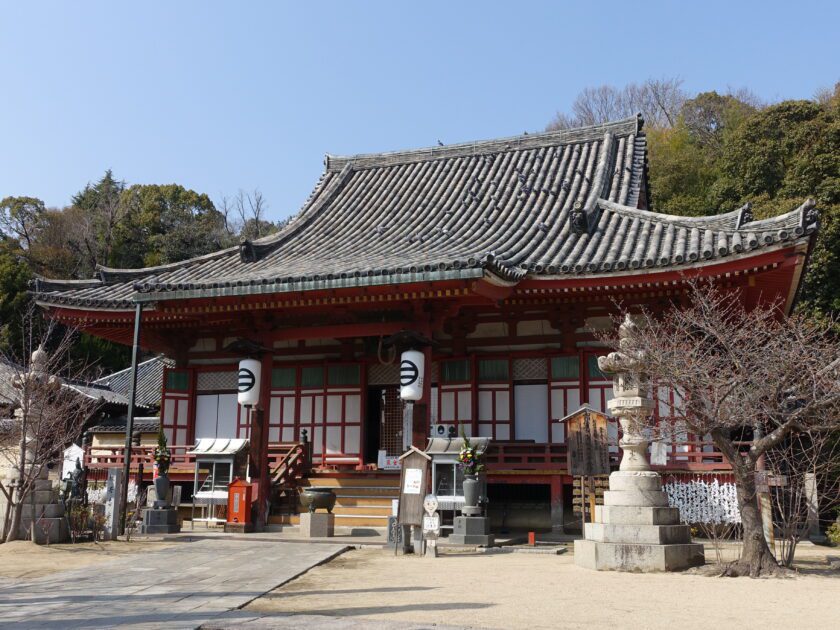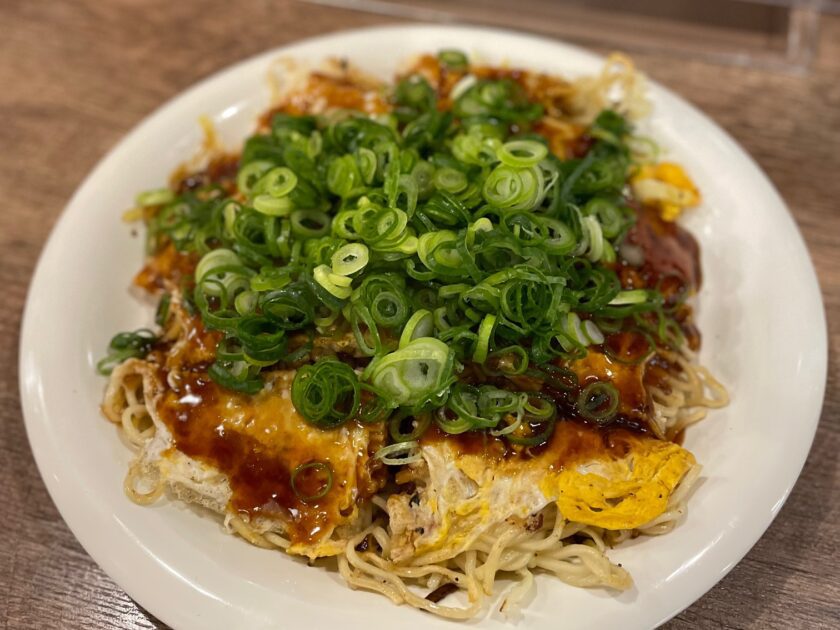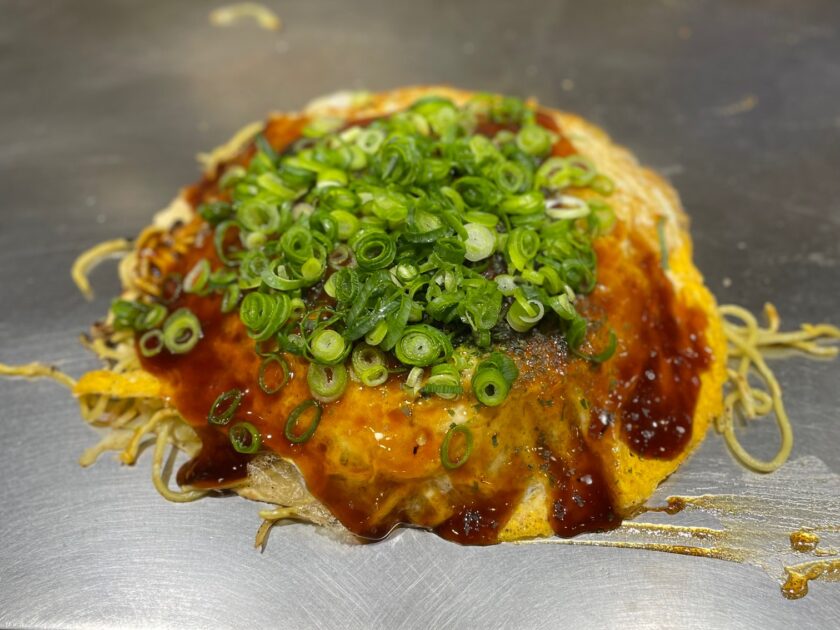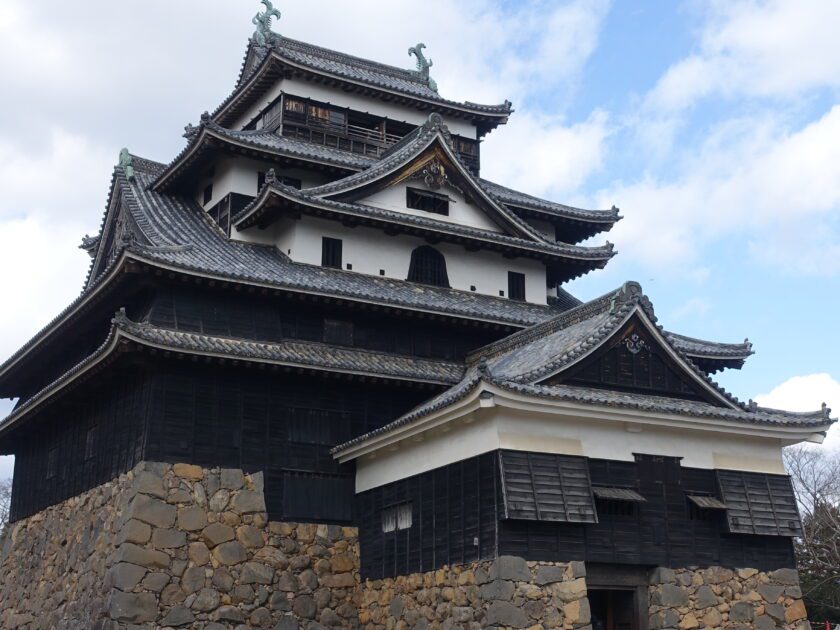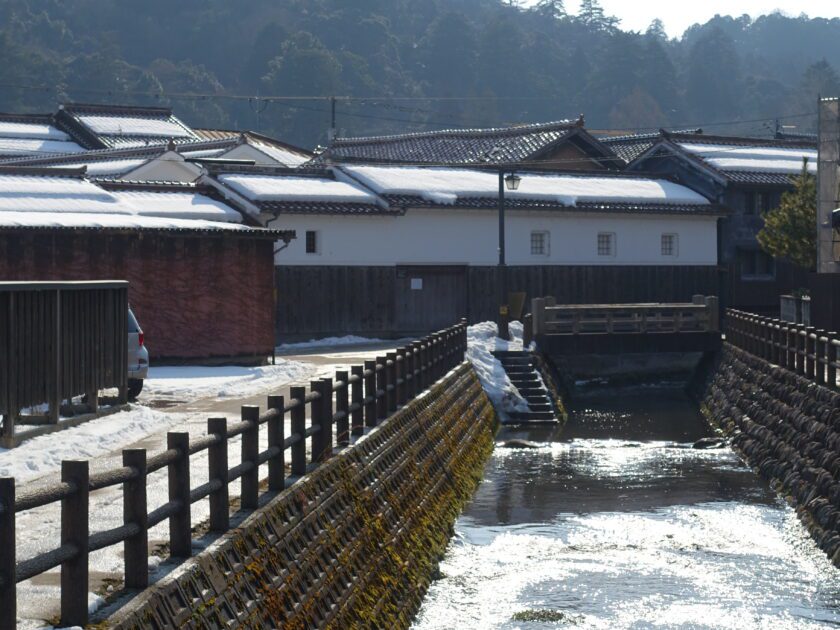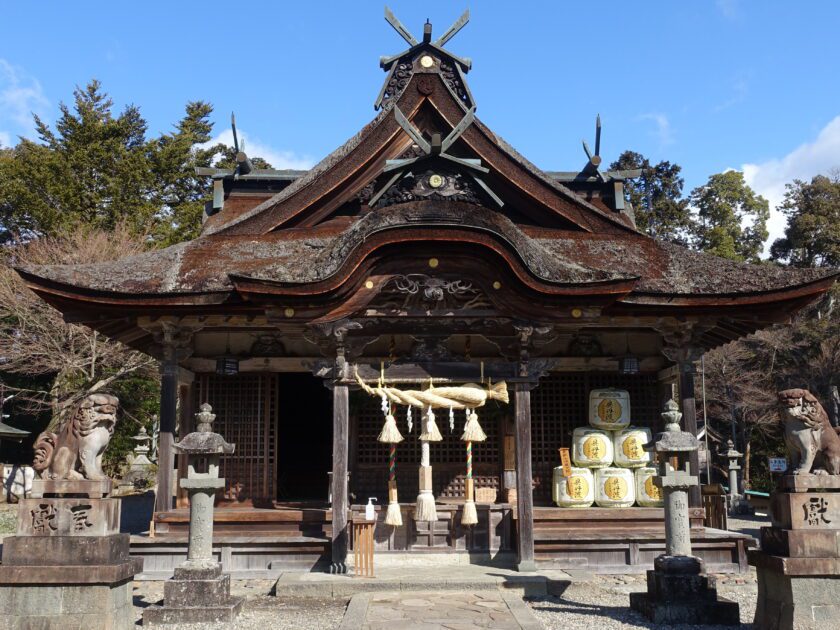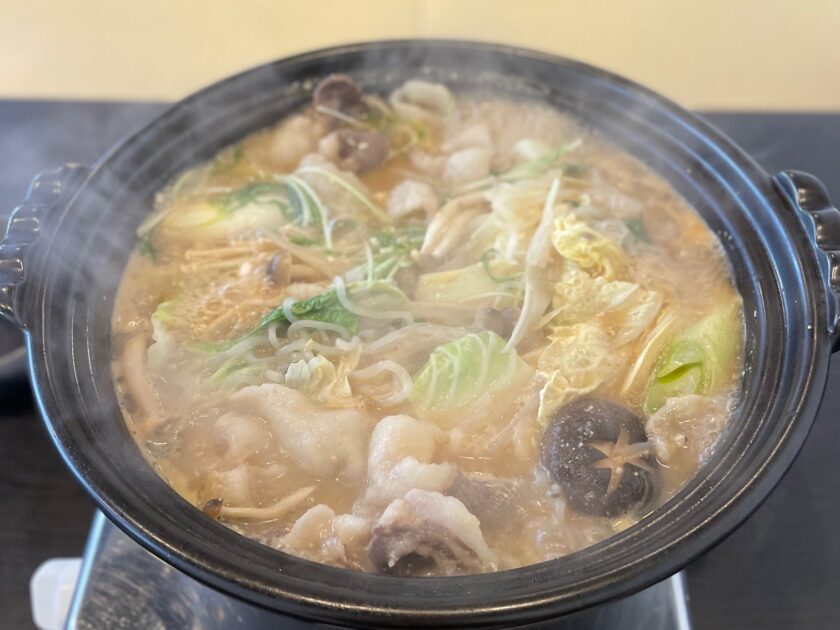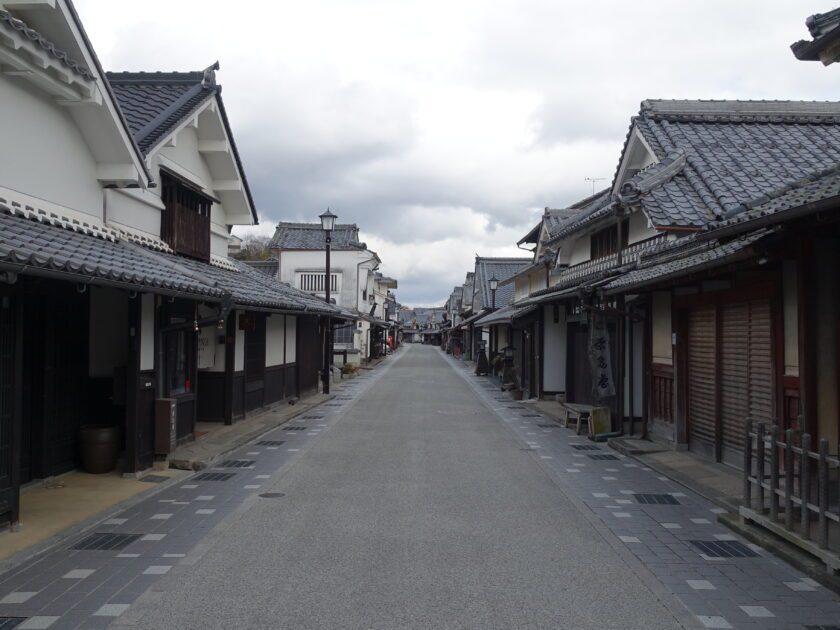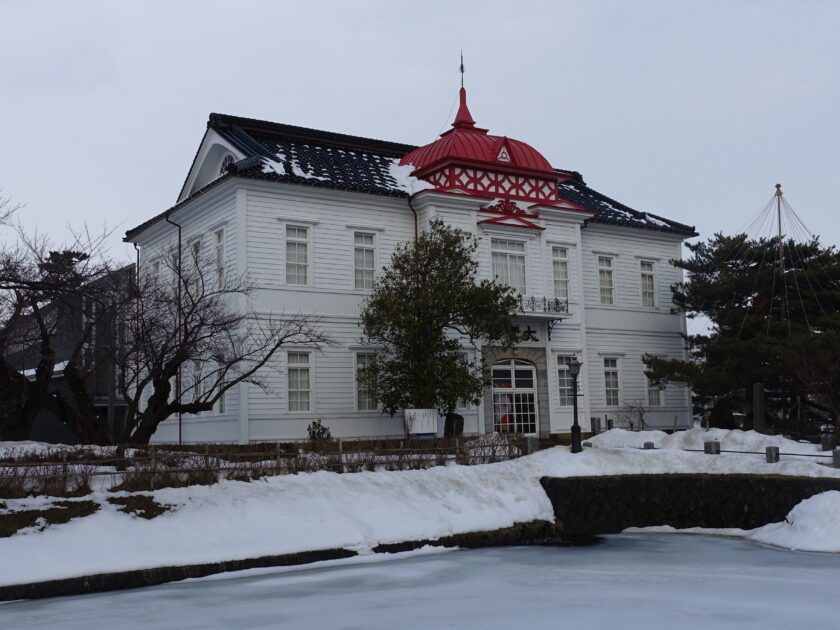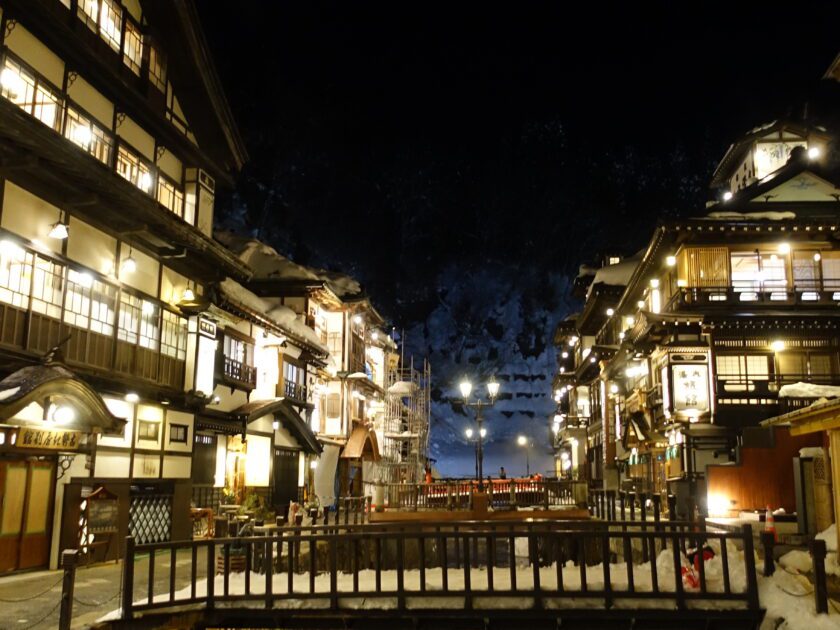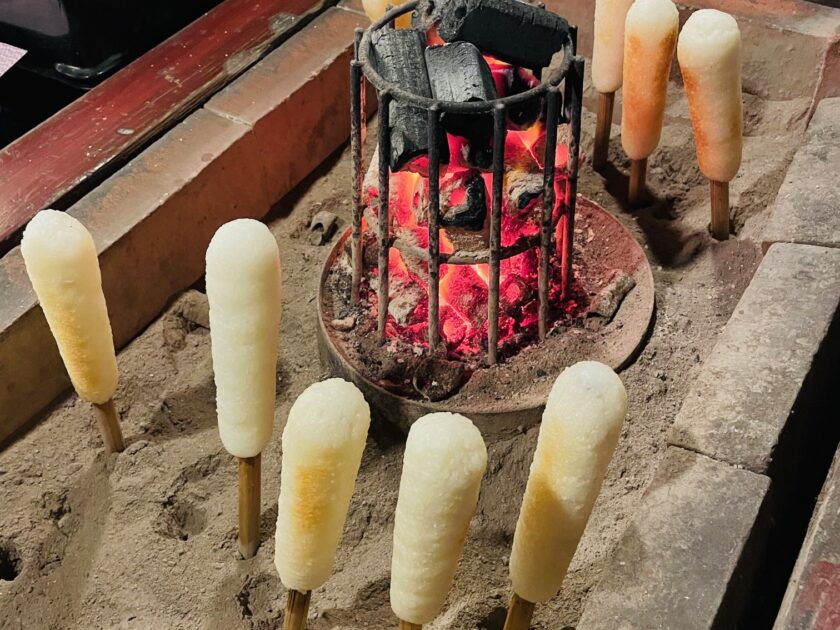April itinerary in Japan Day 4 (Ehime Prefecture)
April itinerary in Japan Day 4 (Ehime Prefecture) (Thursday, April 21) Table of contents 1. Taisanji Temple 2. Taihoji Temple 3. Bansuiso 4. Matsuyama Castle, Ishiteji Temple, Dogo Onsen (for 2020 visit) 1. Taisanji Temple I went to Taisanji Temple on the morning of April 21st (Thursday). The transportation from the Okaido where I was staying to Taisanji Temple is as follows. Depart city hall at 8:33, Iyotetsu Bus “bound for the Driver’s License Center”, arrive at Katamawari at 9:05, Fare Yen 720 It takes about 15 minutes on foot from the Katamawari bus stop to the Taisanji main hall. It is a little over 5 minutes on foot to the Ninomon (Deva gate), which is a national important cultural property, but you need to walk a gentle slope for about 10 minutes from the Ninomon to the main hall of Taisanji Temple. The slope to the main hall gets tired when we walk. It was sung in a Buddhist pilgrim’s hymn as “If you go up to Taisan, you may sweat. No suffering shall later come the next life”. Ninomon (Deva gate) is an eight-legged gate built by Irimoya (building with a gabled, hipped roof), which was

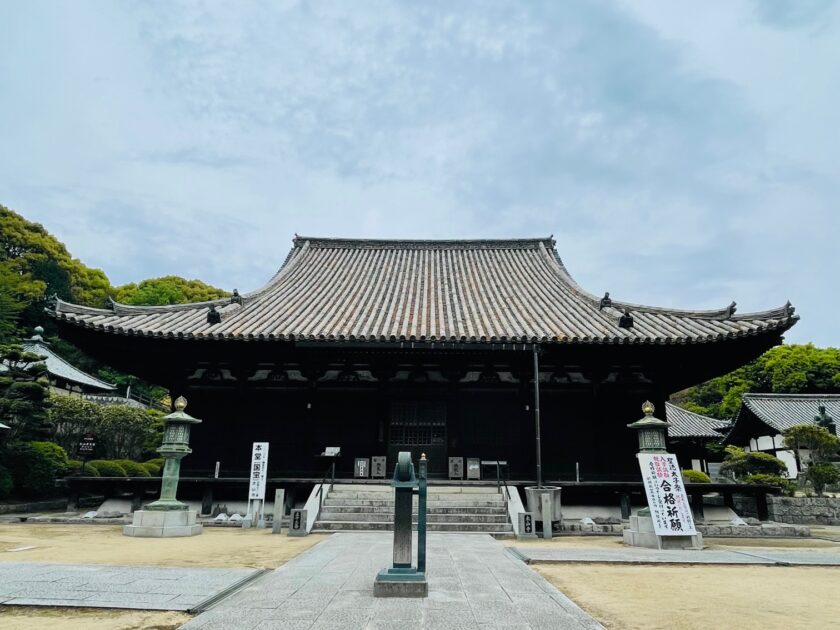


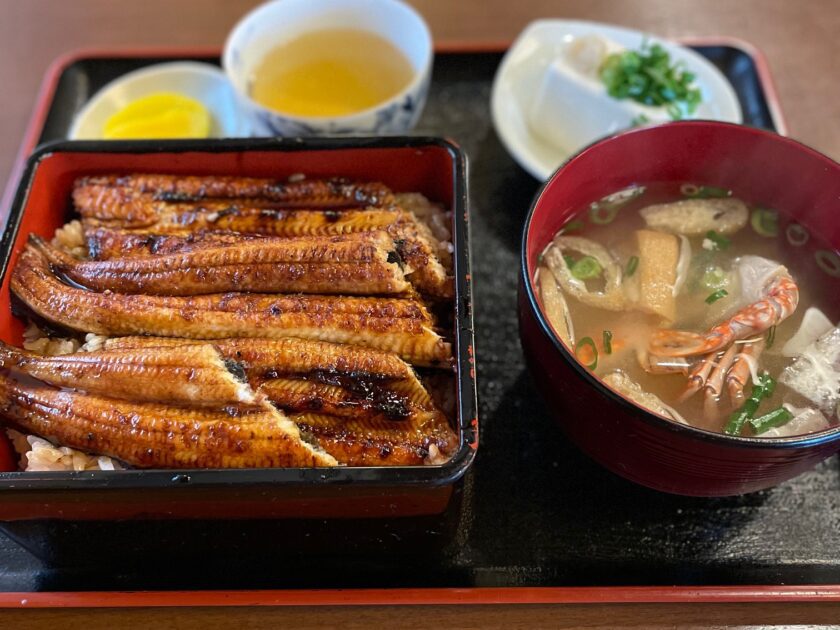

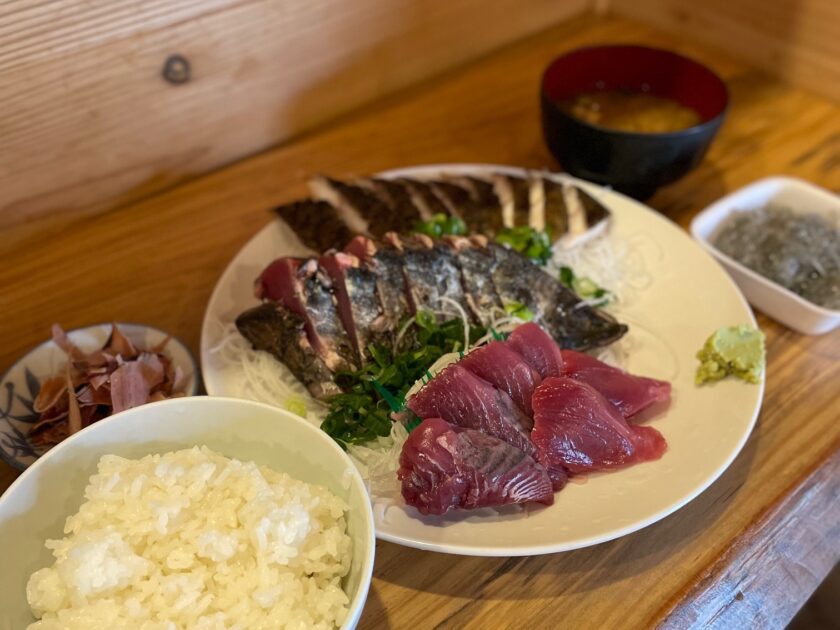

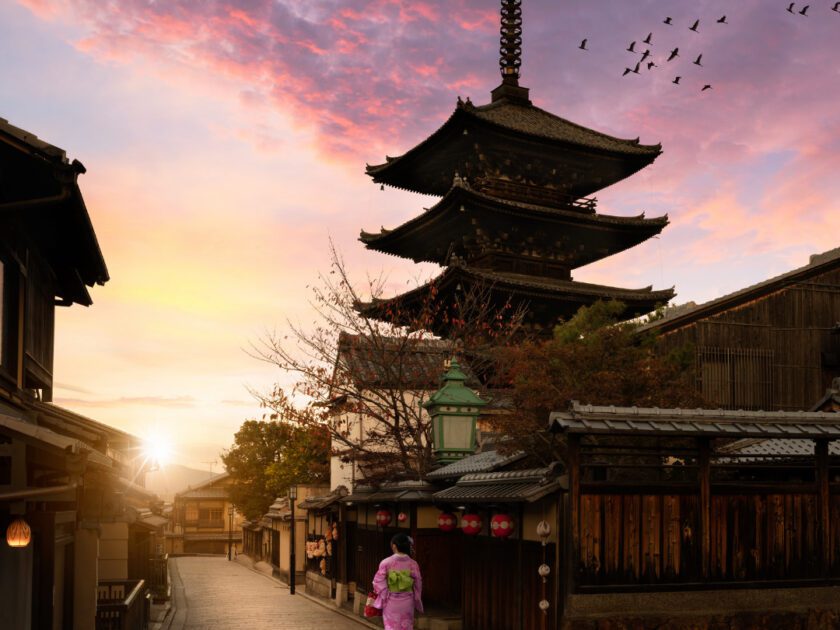



観音-840x630.jpg)

